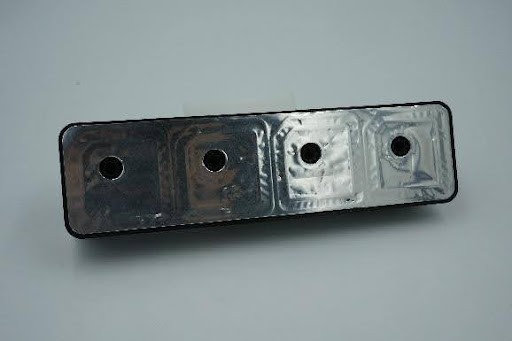To manufacture high quality plastic products within a reasonable time frame and budget, an efficient assembly process is key. However, several factors can prolong assembly time, costing your company both time and money. To enhance your assembly process and boost production, it is crucial to calculate uptime accurately and identify potential time losses.
Four Common Assembly Time Losses
Demand for plastic products is increasing. It is estimated that the industry will grow to a value of 1,050 billion dollars by 2033. To stay competitive, it is essential to identify time loss factors and take appropriate action to reduce or eliminate them. Read on to learn about time losses that could be impacting your company.
1. Poor Tool Life and Frequent Changeover
Predicting tool life can be challenging, as it is often determined by factors such as speed, temperature profiles, and materials used. Tools with short run times may require frequent changeovers, slowing overall production time. To save time and limit changeovers, maximize your tool’s use and flexibility, and implement sound design for manufacturability (DFM) processes in your product’s design. This also helps save money by reducing the need for spare or replacement tools and lowering labor costs.
2. Inefficient Machine Setup and Programming Time
Setup typically involves transitioning machines from one product lot to the next, or one process to the next. Inefficient setup times are often caused by extra steps, lack of resources, and miscommunication. By improving your machine setup and programming time, you can increase revenue and lower labor costs, providing more flexibility to meet client demands and achieve production goals with fewer processes.
3. Temperature and Pressure Stabilization
Temperature and pressure stabilization are critical when manufacturing accurate parts. Low thermal stability can impact product quality by causing polymer building blocks to break down prematurely. Additionally, poor pressure stabilization can result in inaccurate and inconsistent plastic products. Ensuring stable temperature and pressure conditions is essential for maintaining product quality and consistency.
4. Increased Product Quality
Improving product quality often requires additional steps in the assembly process, such as thorough material inspection, detailed programming and accurate component measurement prior to assembly. Close monitoring of the production process is also necessary. However, these factors can increase assembly time, especially in shorter manufacturing runs with frequent changeovers.
Thermal Press International Can Help You Find the Right Assembly Process Solution
Calculating uptime in your plastic assembly process doesn’t have to be a hassle. Thermal Press International (TPI) can help you reduce time loss and labor costs. We would be glad to meet with you to help re-design your process and tailor it to meet your needs. Our clients confirm that working with TPI has helped improve their manufacturing processes and their bottom line.
Contact Us or call (925) 454-9800 to speak with a Thermal Press engineer.

